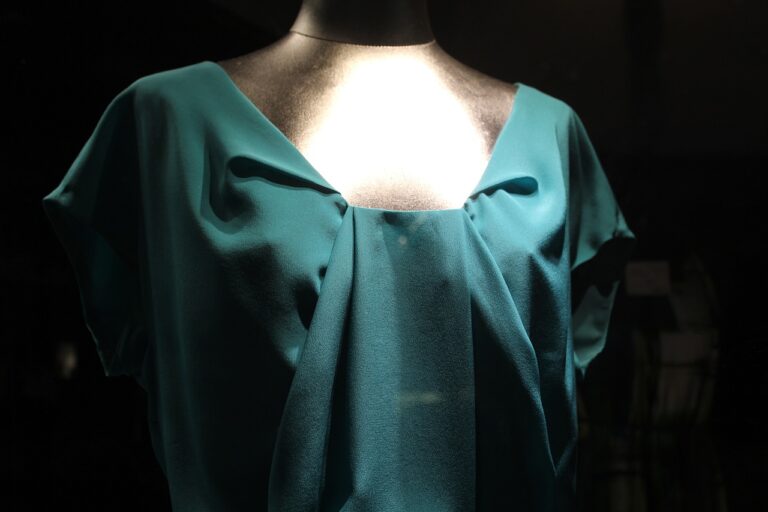The Art of Fashion Merchandising: Creating Visual Displays That Drive Sales
Visual merchandising is a crucial aspect of any retail business, as it directly influences customer perception and buying behavior. One key element is creating eye-catching displays that effectively showcase products and entice customers to make a purchase. By strategically arranging products, using props, and incorporating signage, retailers can capture the attention of shoppers and draw them into the store.
Another essential component of successful visual merchandising is maintaining consistency in branding and messaging throughout the store. This includes using cohesive colors, fonts, and imagery to create a unified look and feel. Consistency helps to build brand recognition and loyalty among customers, as well as create a seamless shopping experience that enhances overall satisfaction.
Understanding Your Target Audience
Understanding your target audience is crucial in creating effective visual merchandising strategies. By identifying who your potential customers are, their preferences, and purchasing behavior, you can tailor your displays to attract and engage them. Conducting market research and analyzing demographics can provide valuable insights into the needs and wants of your target market.
Additionally, understanding the psychographics of your audience, such as their lifestyle, interests, and values, can further refine your visual merchandising approach. By catering to the emotions and aspirations of your target audience, you can create displays that resonate with them on a deeper level and drive engagement. Remember, knowing your target audience inside out is key to creating visually appealing displays that lead to increased sales and customer loyalty.
• Conduct market research to identify potential customers and their preferences
• Analyze demographics for insights into the needs and wants of your target market
• Understand the psychographics of your audience, including lifestyle, interests, and values
• Tailor displays to cater to the emotions and aspirations of your target audience
• Create visually appealing displays that resonate with customers on a deeper level
Utilizing Color Psychology in Display Design
Color psychology plays a significant role in the effectiveness of visual merchandising. By understanding the impact of different colors on human emotions and perceptions, retailers can strategically design their displays to evoke desired responses from customers. For example, warm colors like red and orange are often associated with energy and excitement, making them ideal for creating a sense of urgency or grabbing attention.
On the other hand, cool colors such as blue and green are calming and often used to promote a sense of trust and reliability. These colors are commonly utilized in displays for products like skincare or wellness items to convey a sense of serenity and health. By carefully selecting and combining colors in display design, retailers can create a cohesive and visually appealing shopping experience that resonates with their target audience on a subconscious level.
How important is visual merchandising in display design?
Visual merchandising is crucial in attracting customers and influencing their purchasing decisions. It helps create a visually appealing environment that showcases products effectively.
How can understanding the target audience help in display design?
Understanding the target audience allows designers to tailor the display to appeal to their preferences and emotions. This can lead to increased engagement and ultimately drive sales.
What is color psychology and how can it be utilized in display design?
Color psychology is the study of how colors affect human emotions and behaviors. By using the right colors in display design, designers can evoke specific feelings and create a desired atmosphere to enhance the customer experience.







